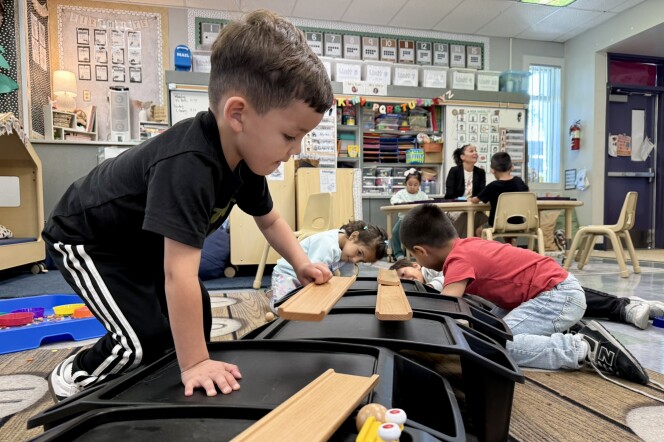With our free press under threat and federal funding for public media gone, your support matters more than ever. Help keep the LAist newsroom strong, become a monthly member or increase your support today.
A Reader Asks: How Can A Survey Of Just 2K People Represent All Of LA?

A recent LAist supporter (thank you, thank you) sent in this query after reading a story we published over the weekend about a Loyola Maramount University survey that found the overwhelming majority of people in L.A. County support the stay-at-home orders, despite many paying a financial price.
He asked:
"I have a question. Why is LAist writing an article citing a study where a mere 0.02% of Los Angeles county was polled and telling us that opinion represents Los Angeles? I mean come on! I just started contributing to your organization and now THIS is what you are putting out?"
Again, sincere thanks for supporting us -- like other businesses, many newsrooms have been hard hit by what's going on in the economy. That means our members are more important than ever in keeping us on our mission of fact-based, local news.
One thing that sets us apart is our committment to answering your questions. Our very hard-working engagement team has answered more than 900 people directly since this pandemic got underway -- everything from directing people to a food bank near them to creating a playbook for other newsrooms to use for handling a high volume of questions.
But back to the question at hand. We turned to Brianne Gilbert, associate director for the Center for the Study of Los Angeles at LMU, to get the answer:
Conducting a survey using a sample is a great way to understand what's going on in a larger group.
Although you're correct that we aren't capturing what every person thinks, we are capturing enough data to be statistically relevant. Think of it this way, when you're making soup, you taste a spoonful to see what it tastes like. You don't need to try every single drop to trust what the soup tastes like in general. You may not get every single flavor in that one spoonful, but you have a general sense, certainly enough to know if your guests (once we are allowed to get together again, of course), will like it.
As another example, if you have to go to the hospital, I bet you're glad the nurse can take a sample of your blood and test that, instead of all of it! Although samples are not perfect, if done correctly, they provide a great way to understand something about a larger group by collecting information on a smaller portion.
Likewise with a survey, it's not feasible for us to talk to all nearly eight million adults in the county, but we can talk to a "spoonful" from the LA County pot and find out the flavor.
There are a lot of best practices when it comes to surveys and polls. For example: It's critical to create a sample that's representative of the area you are assessing. The StudyLA team Gilbert helps to lead is known for their years of work surveying the attitudes of people who live in our region. They publish a highly regarded opinion poll every year called the Los Angeles Public Opinion Survey.
Here's a closer look at their methodology for this COVID-19 survey. (And you can click through to read all the questions and methods in the 179-page report they released this weekend.)
READ OUR STORY ON THE REPORT
MORE ON CORONAVIRUS:








